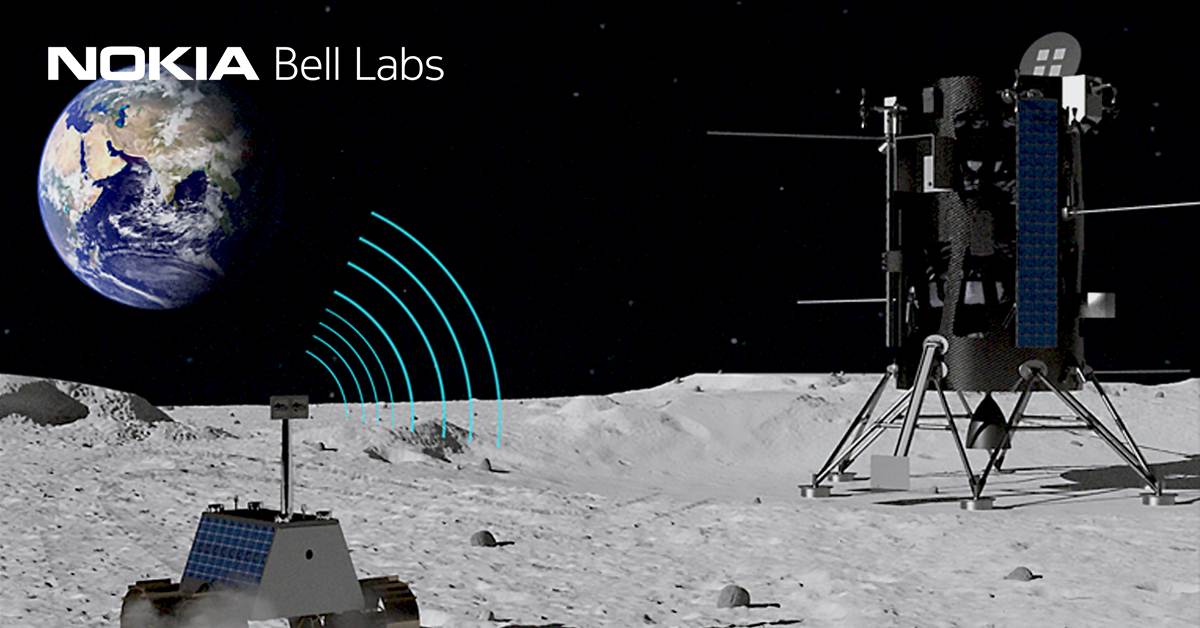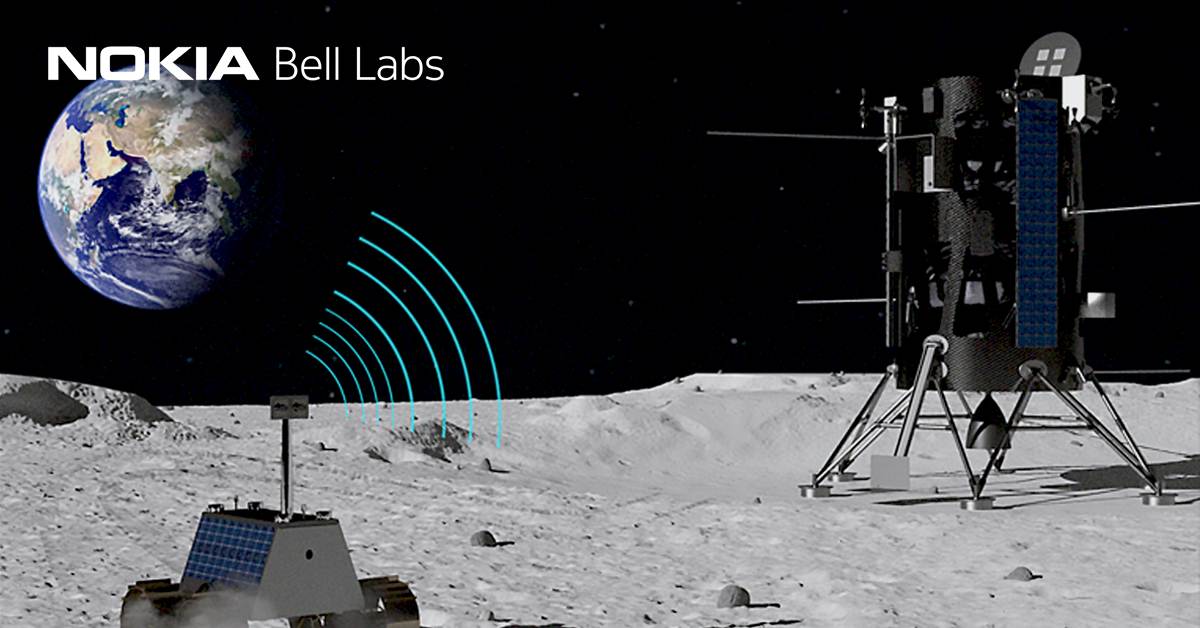The establishing of a LTE/4G network on the Moon is to provide a big boost to the quality and flexibility of lunar exploration communications.
Nokia announced yesterday it had been selected by NASA to build the first cellular network on the Moon that will help support NASA's Artemis program - establishing a sustainable presence on the Moon by the end of the decade.

Technology provided by Nokia Bell Labs will enable communication capabilities for a variety of applications including command and control functions, lunar rover remote control, real-time navigation and streaming of high definition video; all of which are needed for long-term human presence on the Moon's surface.
"Nokia’s LTE network – the precursor to 5G – is ideally suited for providing wireless connectivity for any activity that astronauts need to carry out, enabling voice and video communications capabilities, telemetry and biometric data exchange, and deployment and control of robotic and sensor payloads," states Nokia.
Nokia expects its connectivity solution will be on the Moon in late 2022. It is to be integrated into partner Intuitive Machines' lunar lander and will self-configure once deployed.
"By building the first high performance wireless network solution on the Moon, Nokia Bell Labs is once again planting the flag for pioneering innovation beyond the conventional limits," said Marcus Weldon, CTO at Nokia and Nokia Bell Labs President.
The network will consist of:
- LTE Base Station with integrated Evolved Packet Core functionalities
- LTE User Equipment
- RF antennas
- Operations and maintenance control software
.. and of course, none of this is standard sort of equipment used here on Earth. It will need to be hardened to survive the hostile conditions, while meeting strict criteria on weight and size.
4G is the fourth generation of mobile data technology and LTE stands for “Long-term Evolution”. The difference between the two is a little confusing, but LTE/4G delivers a bit short of what true 4G can achieve in terms of download and upload speeds while still being a big step up from 3G.
The first major step of NASA's Artemis program is landing the first woman and next man on the Moon by 2024. The project won't just enable more science and exploration to be carried out on the Moon, but what is learned will also help prepare for the next giant leap – sending astronauts to Mars.
Trivia - the last humans to set foot on the moon were Gene Cernan and Harrison Schmitt in December 1972 (Apollo 17) - so it's been a long time between visits.



